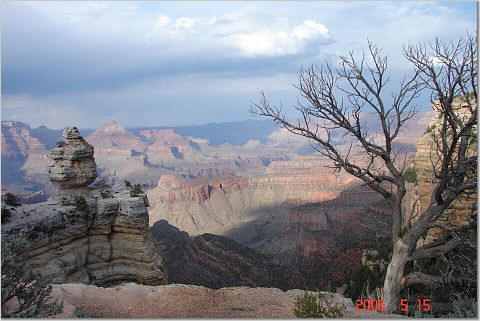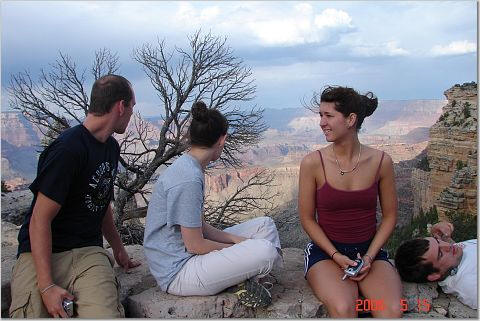Ninth Day
May 15. 2006
Tom woke us up at about 4:30 for the sunrise. It was absolutely beautiful. Dr. Anna and everybody went crazy with their cameras.

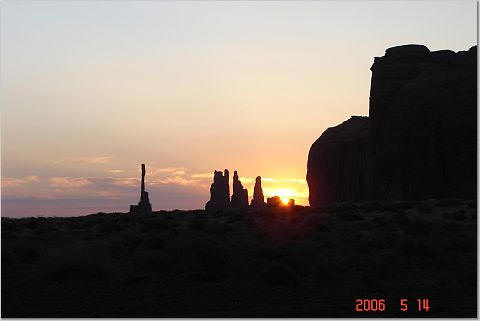
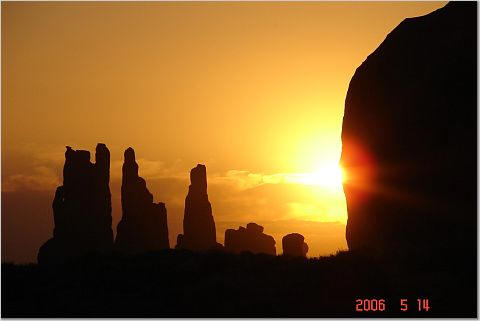


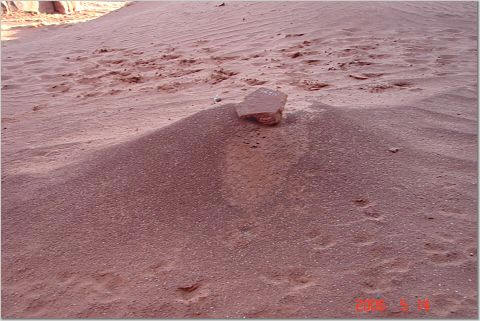


After breakfast Tom gave us a small tour on the history of the Monument Valley.
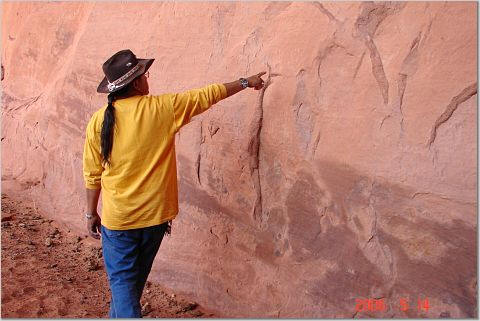

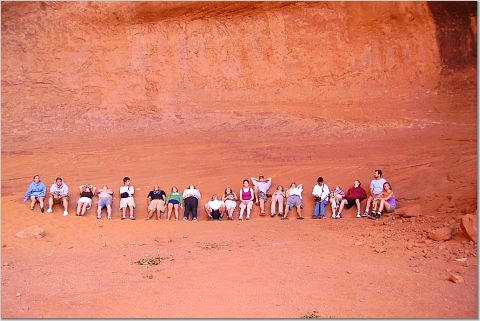

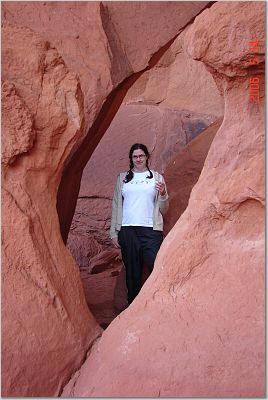
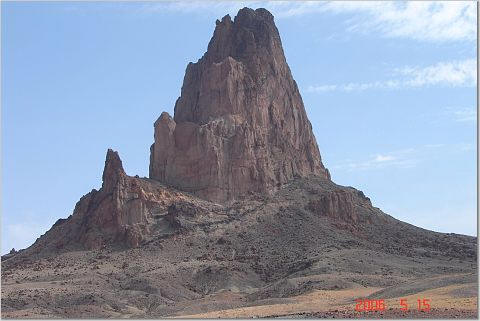
Than we were on our way to Antelope Canyon Arizona.
"Antelope Canyon is a so called Corkscrew Canyon is a slot canyon and was formed over many years as rushing water eroded the Navajo sandstone. The canyon was cut and scoured by water and wind and the striations of sandstone have become almost incandescent. This phenomenon has created "hollows" in the canyon and eventually they form a patina. A slot is a series of these convoluted hollows connected by narrow passages of varying width and length. The cave is only ¼ mile long and only a few feet wide at some of the narrow defiles and bends. The canyon is very dark except for the sunlight that filters down through the top plateau onto the curved sandstone walls." http://www.photoscene.com/sberlin/scenicinfo.html
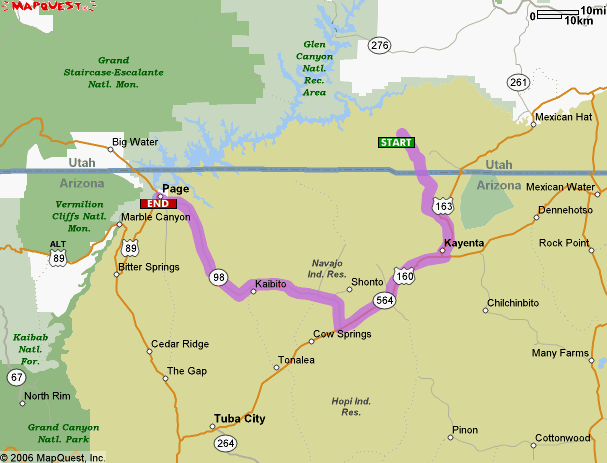
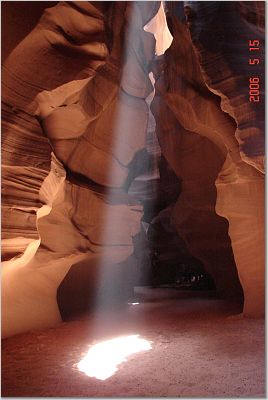
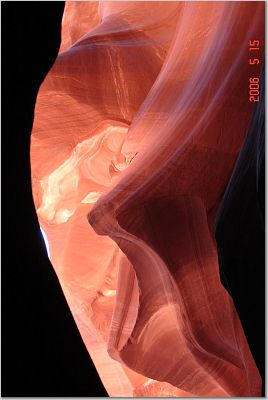
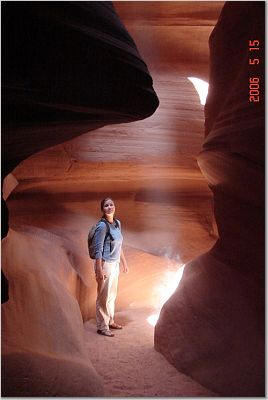
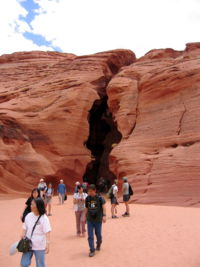
In Antelope, we had a couple of fights with the photographers, and took a little while to put in our complaints to the tribe peoples we started toward the Grand Canyon. It took us a bit longer to get there because of all the jewelry stops we had to do.
First sites of the Grand Canyon
